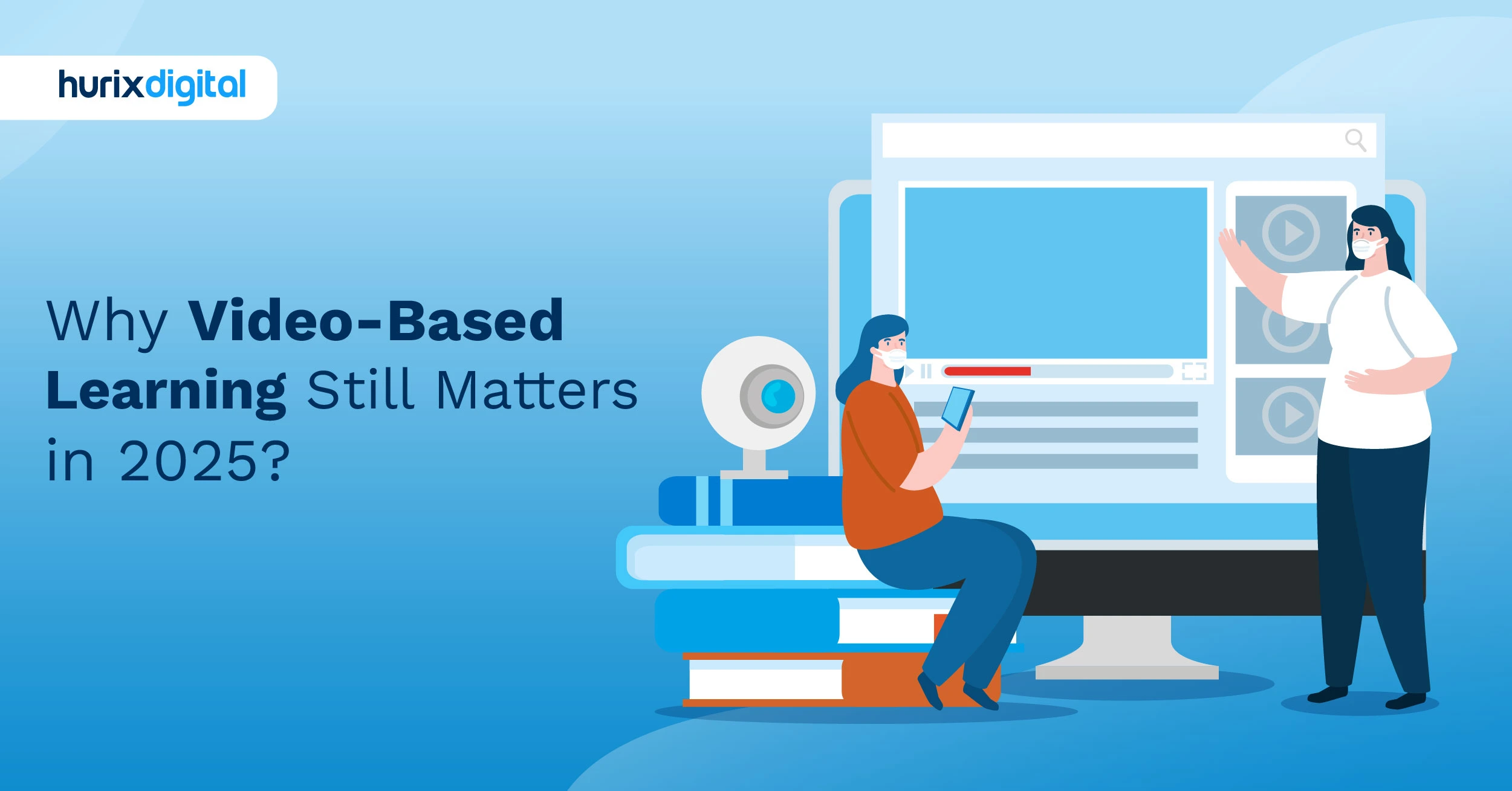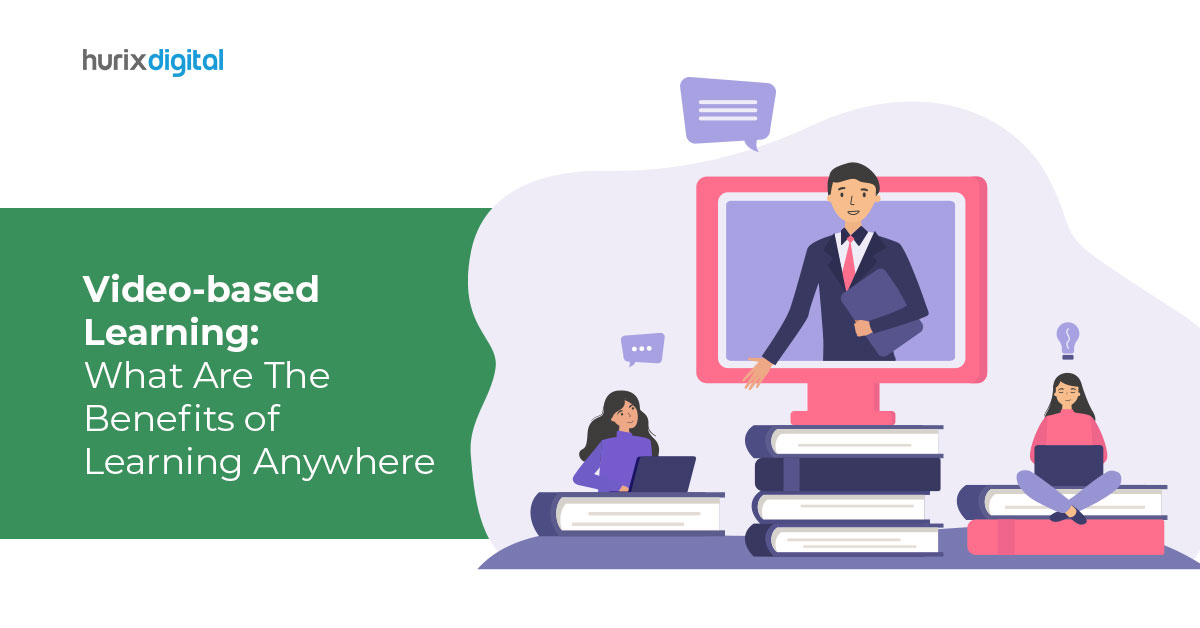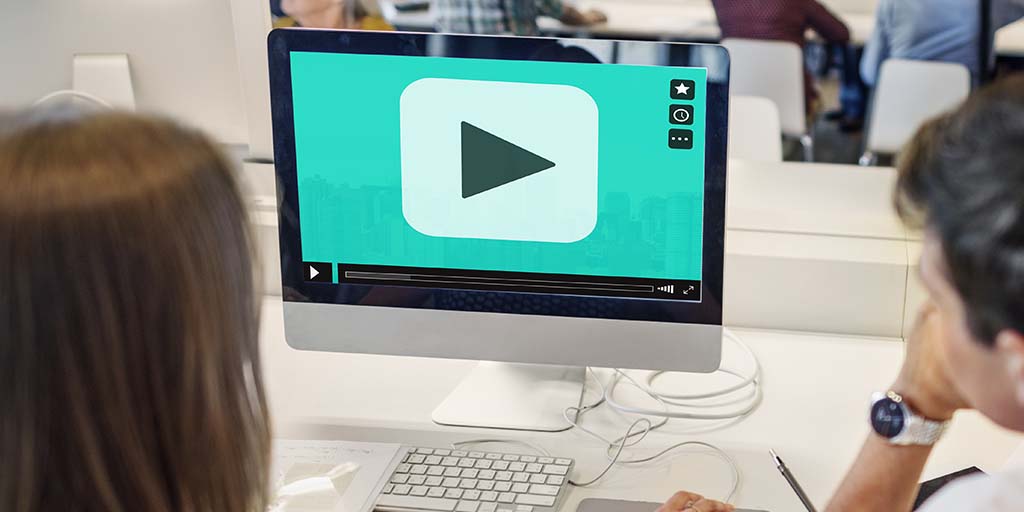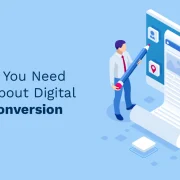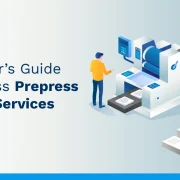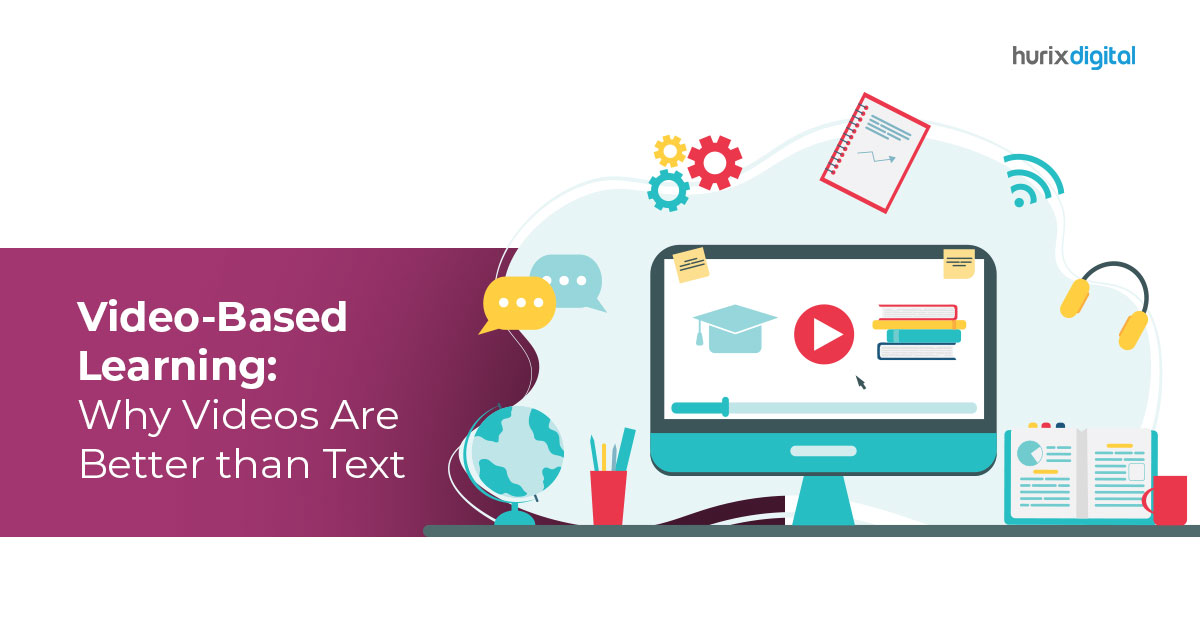
Video-Based Learning: Why Videos Are Better than Text?
Summary
Dive into the world of video-based learning with our latest blog. Uncover the reasons why videos outshine text in educational settings, from increased engagement to enhanced retention. Explore the effectiveness of visual storytelling and discover how video content is transforming the way we learn.
Video-based learning is better than text for several reasons. Some statistics to support this point are given below.
- According to Forbes, users perceive and retain 90% of the information they receive via video versus text.
- Moreover, the Training Industry Report shows that 88% of organizations use video broadcasting, webcasting, or virtual classrooms to train their employees.
- A study found that Twitter users are six times more likely to share tweets containing videos than tweets with images, and tweets with text are 150% less likely to be shared than images.
- In a survey among 1,673 students, 79% said they watched videos to understand a subject through practical applications.
The following sections elaborate on the top reasons why video-based learning is getting more attention than textual content nowadays.
Table of Contents:
1. Why Video-Based Learning Is Better Than Textual Content ?
– Video-Based Learning Fosters Better Engagement
– Videos Are More Interactive Than Text
– Video-Based Learning Improves the Brand Recall
– Everyone Prefers Videos Before Making a Purchase
– Easy Way to Spread Content to More Users
2. Key Takeaway
Top 5 Reasons Why Video-Based Learning Is Better Than Textual Content ?
1.Video-Based Learning Fosters Better Engagement
Video-based learning is better than text when it comes to engagement. Research shows that the human brain can process visuals faster than written text. Since videos combine sound, text, and movement, the audience seems instantly connected to them.
Moreover, when you watch a video, you’re not just passively viewing information but actively participating in the conversation. This makes videos more engaging and easier to follow.
Videos are also an excellent tool for storytelling. While the written text might sometimes seem boring, a video creator can include many interesting graphics to retain the viewer’s attention.
So if you want to increase the attention span of the people checking your content, invest in video-based learning. They are undeniably an excellent way to captivate and engage your audience, and they’re definitely worth the investment.
Also read, Video-based Learning: What Are The Benefits of Learning Anywhere
2. Videos Are More Interactive Than Text
The second reason that makes video-based learning so popular is that the videos are interactive – you can click on different parts of the video to get more information or to follow the conversation. This feature makes videos more interactive and easier to use than text-only content.
For example, if you’re selling a product, videos can show users how to use it or how it works. Similarly, you can use videos to show the practical application of a subject whose theory you plan to teach in your class.
So if one wants to increase your online presence, videos are a better option than text-based content.
3. Video-Based Learning Improves the Brand Recall
There’s a lot of debate about which format is better – videos or text – when it comes to information reception. But there’s no doubt that videos are more informative and effective than text.
While reading a piece of text, readers often lose track of where it all started. So, they go back to the start to re-read and understand the context. This is known as ‘Regression.’
Since textual content is typically monotonous, it is not hard to lose track of the theme or concept at any time during the reading. Videos, on the other hand, almost entirely eliminate the problem of regression.
Hubspot data shows that 80% of consumers remember the video they watched in the previous month. Can you remember which text ad you saw before reading this article? Probably not, and this is where videos are an exception.
Videos allow you to pack a lot of information in easy-to-understand nuggets. You can also include infographics, charts, or even text, to make the video more informative. And when viewers find value in your content, they are more likely to remember your brand for a long time.
4. Everyone Prefers Videos Before Making a Purchase
There’s no doubt that videos are better than text when making a purchase.
Some reasons why videos are preferred are:
- Videos are typically easier to understand than text. That means you’re more likely to decide based on your personal experience rather than on what you’ve read or heard in a text advertisement.
- Also, the stats from Forbes say that the CTR of videos is approximately 96%, which increases the chances of buyers getting a product or service.
And that’s why video-based learning is such a powerful marketing tool – it can help you sell products and services more effectively than any other form of marketing. They contribute a lot to increasing sales. For this reason, marketers have started using videos more often in their marketing campaigns.
Also read, How Can Video-Based Training Technologies Be Used To Provide Interesting Training Videos?
5. Easy Way to Spread Content to More Users
Finally, video-based learning and information are also easier to share. You can share a video on social media or send it as an email attachment with just a few clicks.
This makes videos easier to share and more likely to be seen by the people you want to see. The videos are a more shareable choice because:
- It takes no more than a click to share videos with other viewers.
- Videos have the ability to be more engaging than text. This means that if you create a video worthy of being shared, you’re likely to see a lot of traction in terms of engagement and shares.
- In fact, videos are so shareable that some experts believe that videos will eventually overtake text as the most popular form of content online.
So, if one wants to ensure their content reaches as many people as possible, one must make video-based learning a prime part of their marketing or educational strategy. Takeaway A video is undeniably a powerful tool that helps marketers and trainers in several ways. Video-based learning is better than text because it improves retention, brand recall, and memory.
What are the Advantages and Disadvantages of Video-Based Learning?
Advantages:
- Flexibility and Self-Pacing: Students can watch videos at their own convenience, pause, rewind, and review content as needed to ensure thorough understanding.
- Visual and Auditory Learning: Videos combine visual elements with audio explanations, catering to different learning styles and improving information retention through multimedia engagement.
- Consistency in Content Delivery: Every student receives the same quality of instruction and explanation, eliminating variations that might occur in live sessions.
- Cost-Effective and Scalable: Once created, videos can be shared with unlimited learners and reused multiple times, making it a cost-efficient educational tool.
- Enhanced Engagement: Well-produced videos with graphics, animations, and real-world examples can make complex topics more engaging and easier to understand.
Disadvantages:
- Limited Interaction: Students cannot ask immediate questions or engage in real-time discussions, potentially leaving doubts unresolved.
- Passive Learning Risk: Without proper instructional design, students might become passive viewers rather than active learners, reducing learning effectiveness.
- Technical Requirements: Reliable internet connection and appropriate devices are necessary, which might not be accessible to all students.
- Attention Span Challenges: Long videos can lead to decreased attention and retention, especially if they’re not properly segmented or engaging.
- Lack of Personalization: Videos cannot adapt to individual student needs or learning paces like a live instructor can, potentially leaving some students behind or others unchallenged.
Some key takeaway points
- Since videos are more engaging, people are more likely to stay on a video longer than they are on a text page.
- With videos, one can use visuals and sound to make the point more effectively.
- People are more likely to post a video online than to post a text article.
- Videos are best-suited for providing interactive content.
As a result, videos are a great way to attract an audience, increase your brand value, and make learning more purposeful.
Explore HurixDigital to experience next-generation e-learning content solutions. Hurix’s content transformation, cloud platforms, and technology services can add the perfect edge to your content to make it more appealing.

Performance, Results, Growth, and Life-Long Learning define my professional life. I am passionate about making workplace learning planful, purposeful, and impactful. I take pride in partnering with clients and bringing them the best in learning design and creating solutions that address business challenges.

